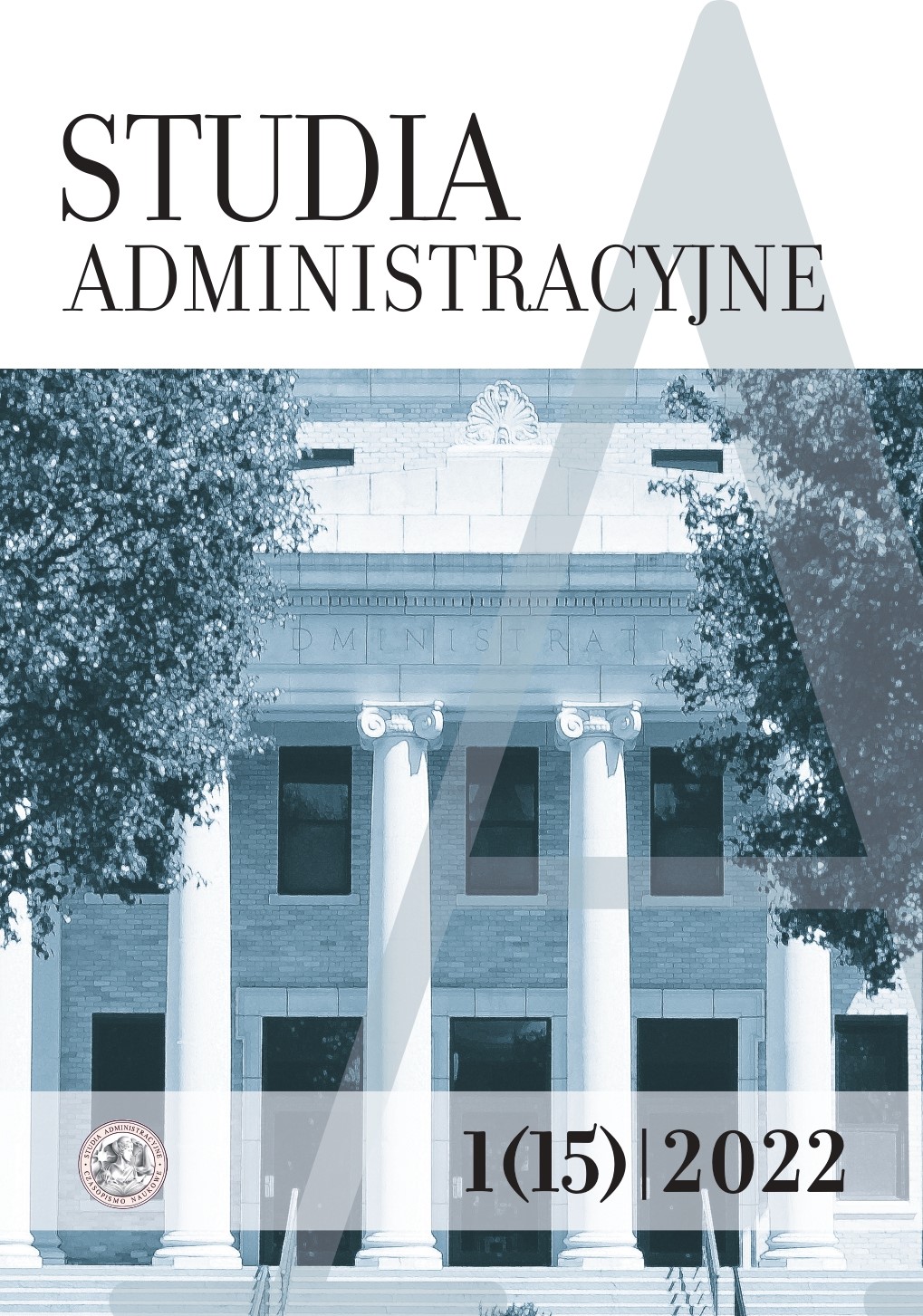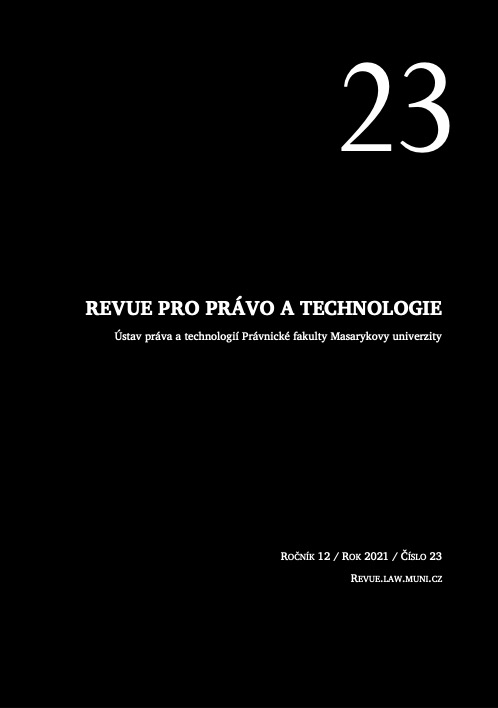
Husovec, M.; Mesarčík, M.; Andraško, J.: Právo informačných a komunikačných technológií
Book review on a monograph concerning Slovak ICT law
More...We kindly inform you that, as long as the subject affiliation of our 300.000+ articles is in progress, you might get unsufficient or no results on your third level or second level search. In this case, please broaden your search criteria.

Book review on a monograph concerning Slovak ICT law
More...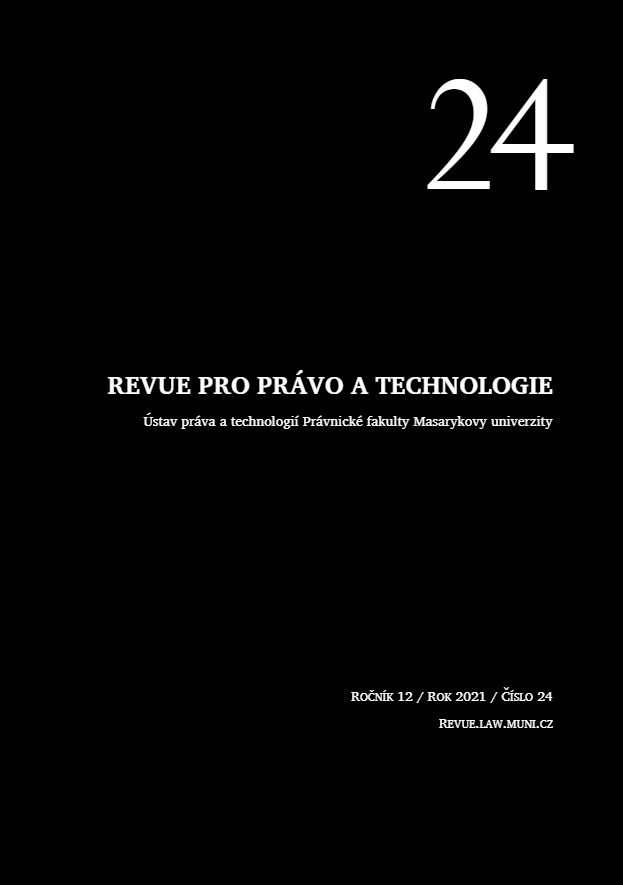
Short summaries of current case law in the field of ICT law.
More...
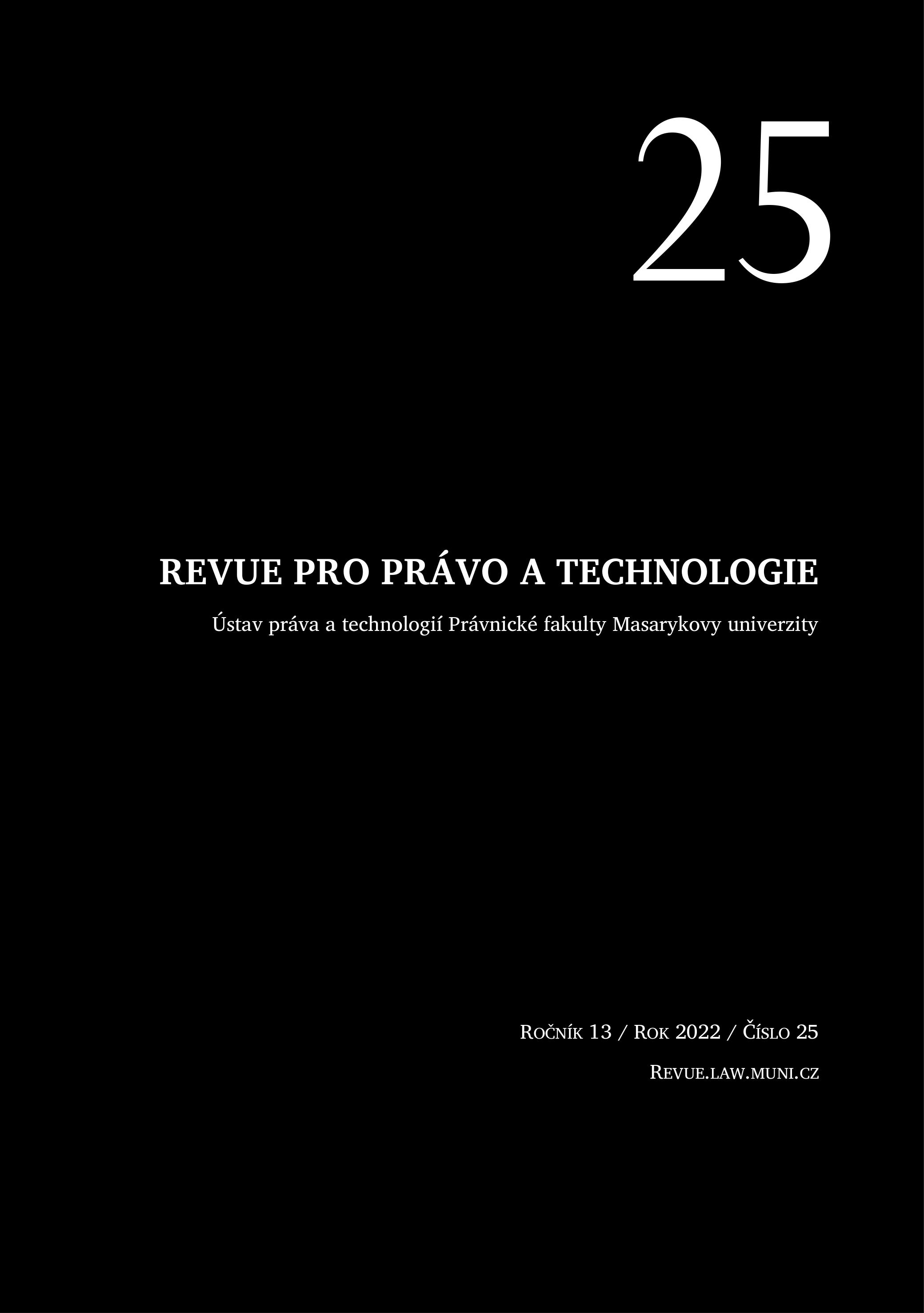

The reactive nature of the legal field is slower than ever in response to the technological realities and the users’ desire for independence and decentralization and major financial phenomena, such as NFTs, remain vaguely regulated in adhesion contracts which most internet users do not read. The purpose of this article is not to frame these relations into national law concepts, but is driven by the need to draw attention to certain concepts which, along with the cited authors, I consider to be legally inaccurate and delicate.
More...
Taxing NFTs generates a series of challenges determined by the nature of this unique digital asset and the possibility to gain control over NFT-related operations. This article explores the taxation regime of NFT operations as well as the risk that substantial money laundering and tax evasion acts lurk behind such fluid interfaces, thus giving way to the financing of illegal enterprises, including terrorism.
More...
The sharp digitalization of the last decade, in the private sector, but also in the public sector, have determined the special concern for the security of information systems, including by adopting legal rules to ensure the appropriate legal framework for conducting activities under the new conditions. In view of these trends, but also assuming its obligations as a member state of the European Union, Romania has established the National Cyber Security Strategy and the National Cyber Security Directorate, adopted legal rules for the security of computer networks and systems, for cyber security auditing and auditors. Regulation of March 22, 2021 for the attestation and verification of cyber security auditors, approved by Order no. 559/2021, adopted by the General Secretariat of the Government and published in the Official Monitor of Romania no. 387 of April 14, 2021, Part I, provides the regulatory framework for a professional, fair, objective and impartial audit. This normative act regulates the attestation, suspension and revocation of the cyber security auditor certificate, the conduct of auditors, its verification and the application of sanctions, as well as the evidence of the auditors through the National Register of Cyber Security Auditors. It should be noted that the Regulation applies only to the attestation and verification of cyber security auditors who ensure the audit of networks and computer systems that support essential services or provide digital services, while the cyber security audit at other institutions may be performed without this attestation, the existence of a certification of this specialization, issued by a trainer from the public or private sector, being sufficient.
More...
This article analyses two procedural measures having a suspensive effect that may be ordered in the context of cumulative tax and criminal proceedings, namely suspending the resolution of the administrative tax appeal following a criminal referral and suspending the trial in the event of initiating the criminal prosecution phase. Considering the significance of such measures to safeguard the right to a fair trial and the ne bis in idem right, the application thereof should consider the conditions ensuring their lawfulness, as reflected both under the national and the European legislation, the criteria to assess their appropriateness by reference to the circumstances of the case, and their duration, which must be kept within reasonable limits.
More...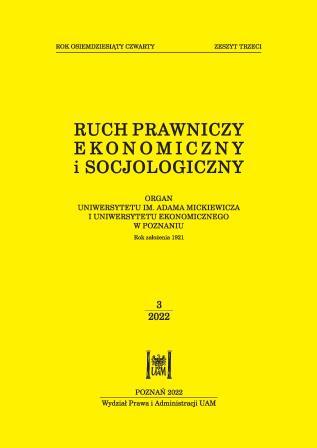
The terms bankruptcy and insolvency are construed in different ways, which has resulted in the emergence of discrepancies in their definitions. There is a noticeable division among researchers in terms of the referents of the concepts of bankruptcy and insolvency. Varying definitions of bankruptcy and insolvency are employed, depending on whether the perspective of the legal sphere or the economic sphere is adopted. In the article, the authors attempt to define these concepts and define the relations that exist between them. The aim is to show that the legal understanding of the terms bankruptcy and insolvency is subordinate to their meaning in the economic sciences. Due to the subject under analysis and the nature of the sources, this article employs the qualitative method, based on interpretative research. The interpretative research was conducted with the use of ethnographic research strategies based on legal acts and the achievements of the doctrine and judicature. The conducted research has shown that as a result of the development of bankruptcy law, the legal understanding of the concept of bankruptcy and insolvency has been subordinated to the meaning given to this concept in the economic sciences. This allows for the use of economic tools and dynamic interpretation, so that the decisions of bankruptcy courts are in line with the dynamically changing socio-economic reality.
More...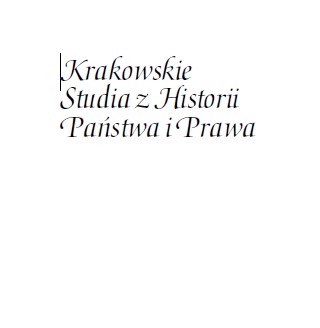
After regaining independence in 1918, Poland inherited five different post-partition legal orders from the 19th century, regulating personal matrimony law on its territory, i.e. Prussian, Austrian, Hungarian, Russian and Polish from the times of the Kingdom of Poland. This situation required urgent reform and taking codification steps. The codification task was entrusted to the Codification Commission, established in 1919. Its result was the governmental matrimony law Project adopted in 1929, known as Lutostański’s Project. Unfortunately, it was not passed by the Sejm. It happened because of the opposition of the Catholic Church and other conservative forces. The reasons for this state of affairs were too modern, for those times, legal solutions contained therein, and above all, the possibility of obtaining a divorce. Many legal solutions included in this project can be found in modern matrimony law, i.e. almost a hundred years later. Nevertheless, the very idea of codification and the adopted main principles of matrimony law should be considered a success of Polish legal thought. The more so because many of these solutions were used in post-war Poland in the Decree on matrimony law in 1945 and are known in contemporary matrimony law.
More...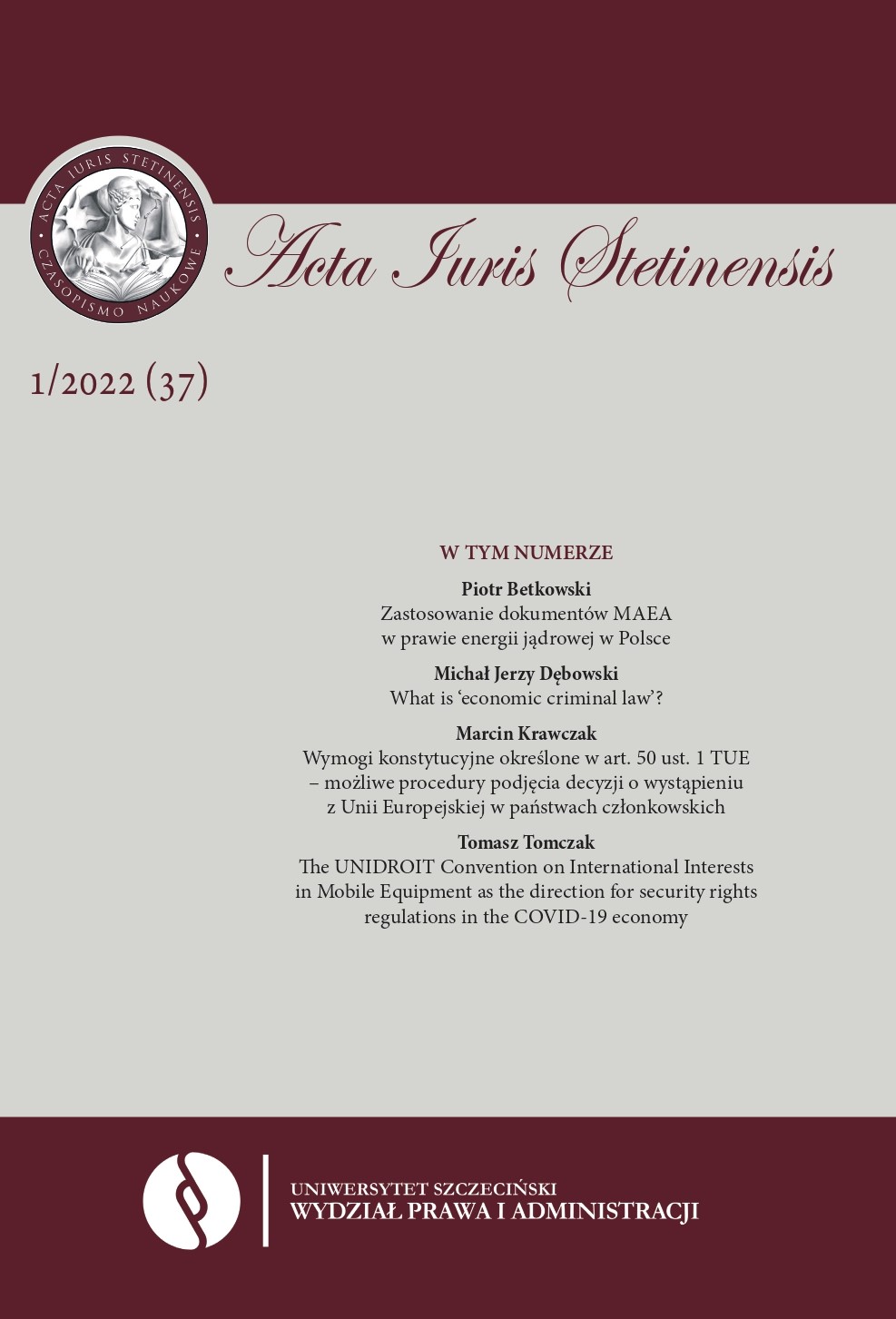
The objective of this paper is to reconstruct the meaning of term ‘economic criminal law’, which is imprecise but widespread in Polish legal culture. It also aims to compose an adequate definition of the concept denoted by this name. The author applied an array of methods: analysis of scholarly statements, historical and comparative analysis as well as the analysis of the law in force. The term ‘economic criminal law’ is a product of linguistic convention manifesting itself in legal discourse. In search of its meaning the author relied mainly on scrutiny of the wording of the discussed name. The content of this notion is composed of so-called economic offences. It was essential to determine common characteristics of such crimes. Having rejected so-called subjective conceptions and ideas referring to criminology and sociology, the author posited the object of a type of crime as the definition’s rudiment. A proper description of the common generic object of economic crimes assumes a compromise between vagueness and rigidity of lengthy enumerations. ‘Economic criminal law’ can be described as a peculiar division of substantive criminal law distinguished by legal theory and practice. It is composed of regulations that establish types of crime, which share a common main generic object of protection which (in a historical and cultural context) are relevant bases of proper trading both in internal, and in external aspects. These two dimensions represent relations between trading participants and institutions and rules of trading, respectively.
More...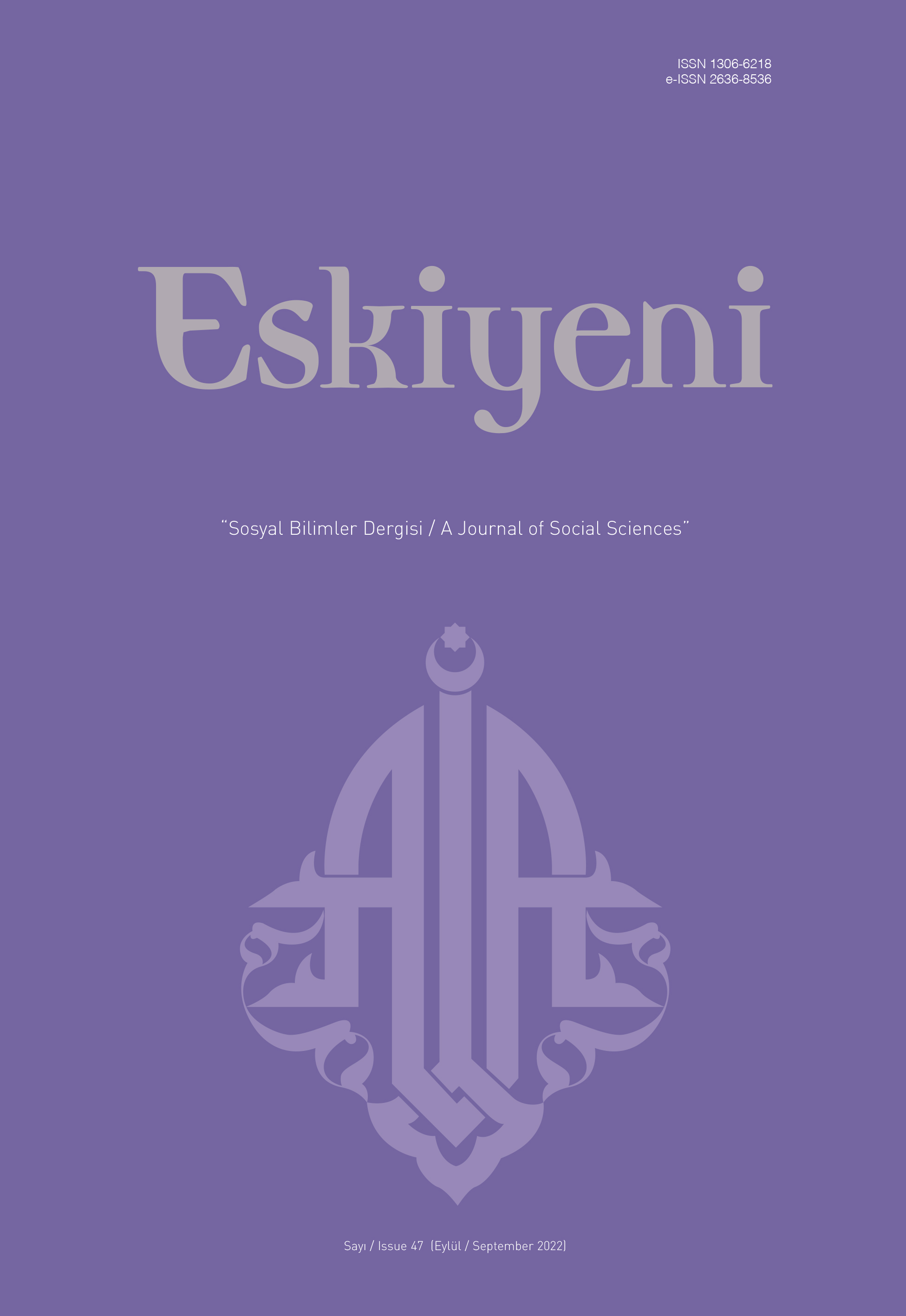
While the Prophet was alive, the companions had consulted to him personally for the solution of every religious matter and to the Qur'an and Sunnah after his death. On the issues that they could not find information in the two sources mentioned, they have made judgments by making ijtihad. Those who were not at the level to make ijtihad obtained information by consulting people who were experts in religious matters. The Muslims who came after them continued to follow the same path. Later, fatwa books were prepared, and these works began to be used in the field of qada as well as fatwa. Although the proposal for the codification of Islamic law was made by Ibn al-Muqaffaʿ (d. 142/759) at a very early period, the act of codification started too late. The legalization activity in the modern western world started at the end of the 18th century and spread to the whole European continent in the 19th century. The Ottoman Empire, influenced by the West, started the act of codification in the modern sense with the Penal Code of 1840. The codification of civil law in the Islamic world started with al-Majalla al Ahkam al Adliyyah (The Ottoman Courts Manual). Hukūk-i Aile Kararnamesi (the Family Law Decree) which was issued in 1917, followed al-Majalla in the field of codification.
More...
Defining a given concept by the legislator may result in consequences exceeding the scope of application of a single legal act. This is undoubtedly the case with the definition of a beneficiary, which was introduced by national legal provisions. On the one hand, it required taking into account concepts that were universal for the entire legal system. On the other hand, it was limited by the regulations that were applicable to the implementation of specific strategic goals set by individual operational programs. The indicated conditions should be taken into account in the process of interpreting the concept of an entity entitled to benefit from EU funds. At the same time, the legislative structure applied required taking into account claims presented by legal scholars and commentators and judicial decisions. The presented views on the definition of the concept of “beneficiary” used in the framework of the cohesion policy have primarily a descriptive aspect, but they are part of a broader scope of the normative concept of legal interpretation.
More...
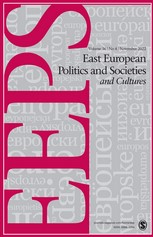
George Tsebelis distinguished two forms of veto players’ actions: institutional and partisan. In a democracy, the Church is not able to play either role because it is not an element of the state’s institutional structure. This was the source for Simon Fink’s proposal to look at the Church as a societal veto player (VP). The case of Poland shows, however, that such an approach becomes inadequate in numerous situations. The Church’s influence on political parties, and particularly the state’s institutions, may be exerted outside society. Performed on the basis of the existing literature and political debates conducted since 1989, the analysis of the social and political reality of Poland allows us to indicate the following four issues with respect to which the role of the Church as a VP The Church acted most often as a quasi-institutional VP (five cases), and once as a quasi-partisan VP. It never took actions based primarily on mobilizing society. This undermines the universality of findings and indicates the necessity of reconsidering the role of churches as societal veto players.
More...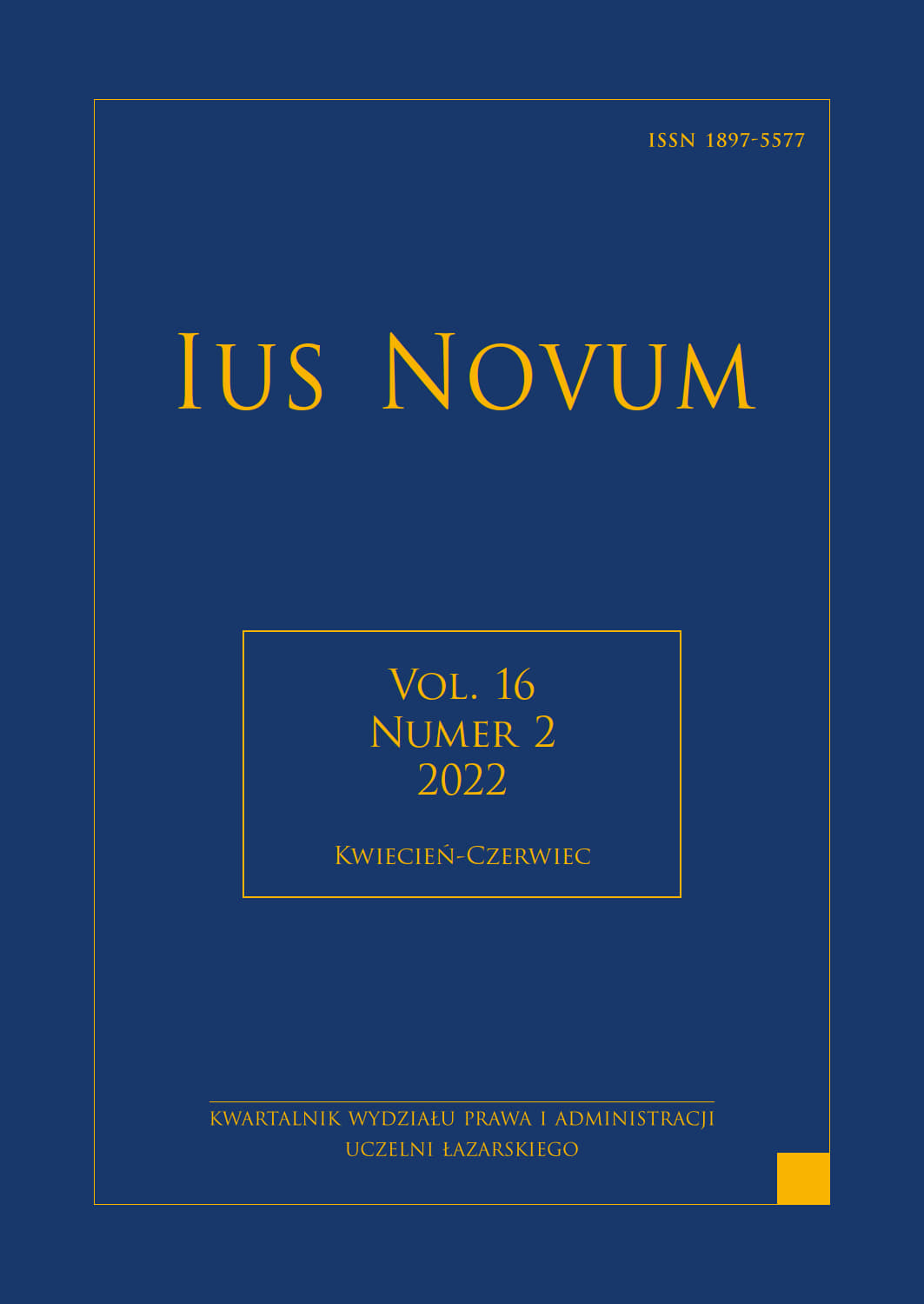
The paper covers the issue of accelerated penal procedure. It discusses conditions for application of this procedure under Polish law and presents them against the background of regululations in force in other countries, i.e. Germany, France, Spain, Portugal and Belgium. The assumption of the study was to assess Polish legal solutions and to demonstrate the basic differences and similarities between laws of each of afresaid countries.
More...
The copyright law enshrines the principle that copyright protection can be considered only in the case of works of human origin, which is mitigated in the Anglo-Saxon systems by introducing the category of computer-generated works. Nowadays we are dealing with a situation where, first of all, we are unable to precisely indicate the features of the subject of protection and copyright law grapples with an unresolved problem of distinguishing a work from other objects. Secondly, in the case of new phenomena such as the creation of AI, androids or cyborgs, there are difficulties with attributing the authorship of the work. This results in a too high level of uncertainty of legal effectiveness. The aim of the paper is to present the phenomenon of the work of cyborg artists in the context of the anthropocentric approach to the authorship of the work, which is dominant in copyright law. The central problem here is the question of the copyright status of works that arise as a result of shifting the boundaries of human possibilities.
More...
Liability for damage caused as a result of an aviation accident means first of all liability of an air carrier for damage done to passengers and liability of an aircraft user for damage done to third persons. However, it is also possible to impute liability to other entities, such as an aircraft manufacturer, a service institution, en entity managing an aerodrome, an institution providing air traffic services, or even aviation supervision authorities. The article analyses potential grounds for those entities’ liability. Liability of aviation personnel is not covered in the article.
More...
The article constitutes a comparative legal study of mediation based on for procedural regulations, i.e. Act of 6 June 1997: Code of Criminal Procedure, Act of 17 November 1964: Code of Civil Procedure, Act of 14 June 1960: Code of Administrative Procedure, and Act of 30 August 2002: Law on the Proceedings before Administrative Courts carried out with the use of a dogmatic method. The author analyses the solutions that, in his opinion, make it possible to propose a thesis on far-reaching convergence of the basic, and at the same time of normative provenance, principles of mediation. The principles include amicability, voluntariness (optionality), commonness, loyalty to parties, confidentiality and non-openness of mediation, as well as a mediator’s impartiality. The above-mentioned convergence does not mean complete homogeneity of particular solutions or their non-defectiveness, which is exemplified by Article 2591 CPC and Article 83 § 4 CAP. It is also shown that the domestic solutions are in conformity with the solutions recommended by the Committee of Ministers of the Council of Europe.
More...